FORGOTTEN: BOMBAY BEACH (SALTON SEA)
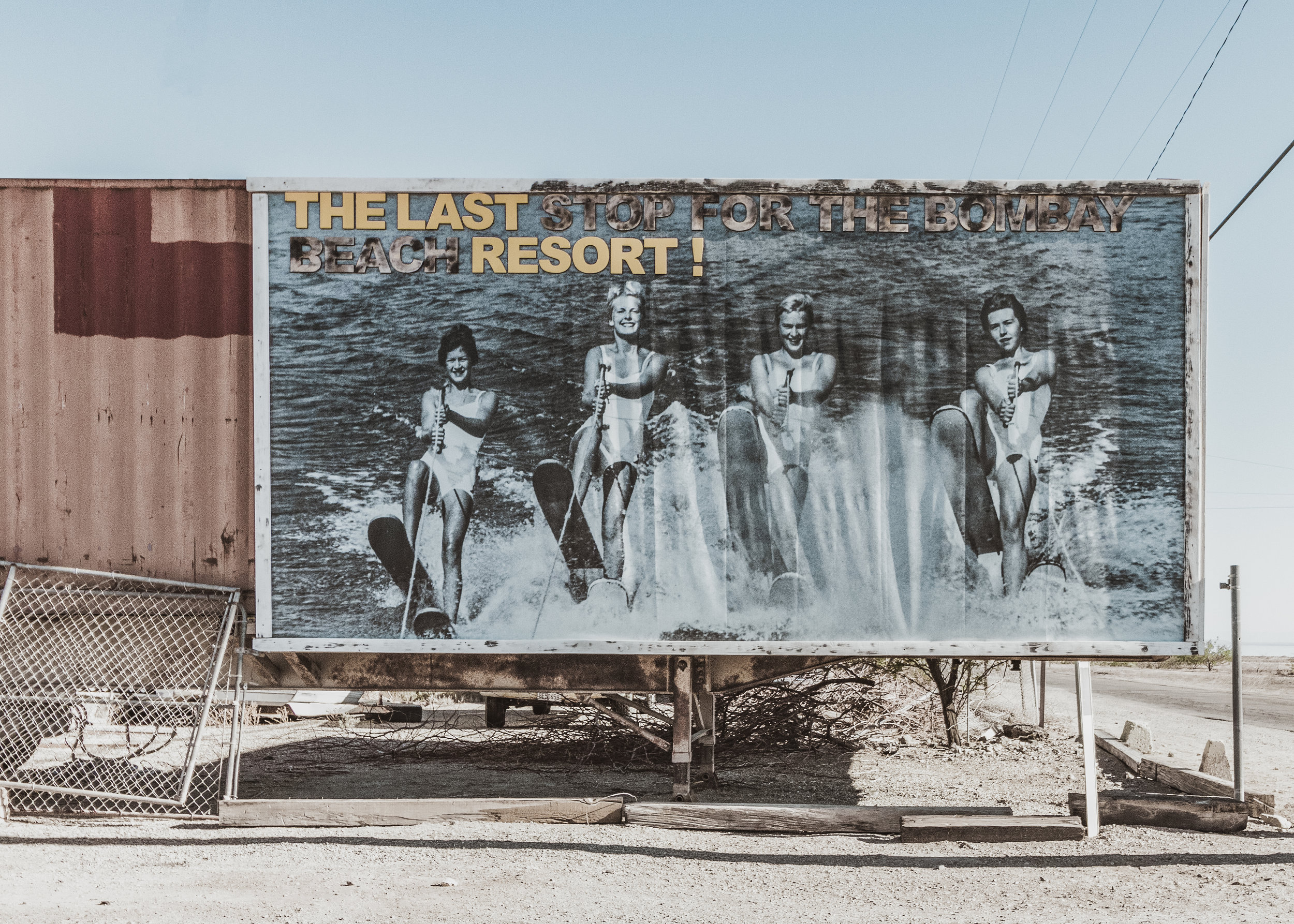


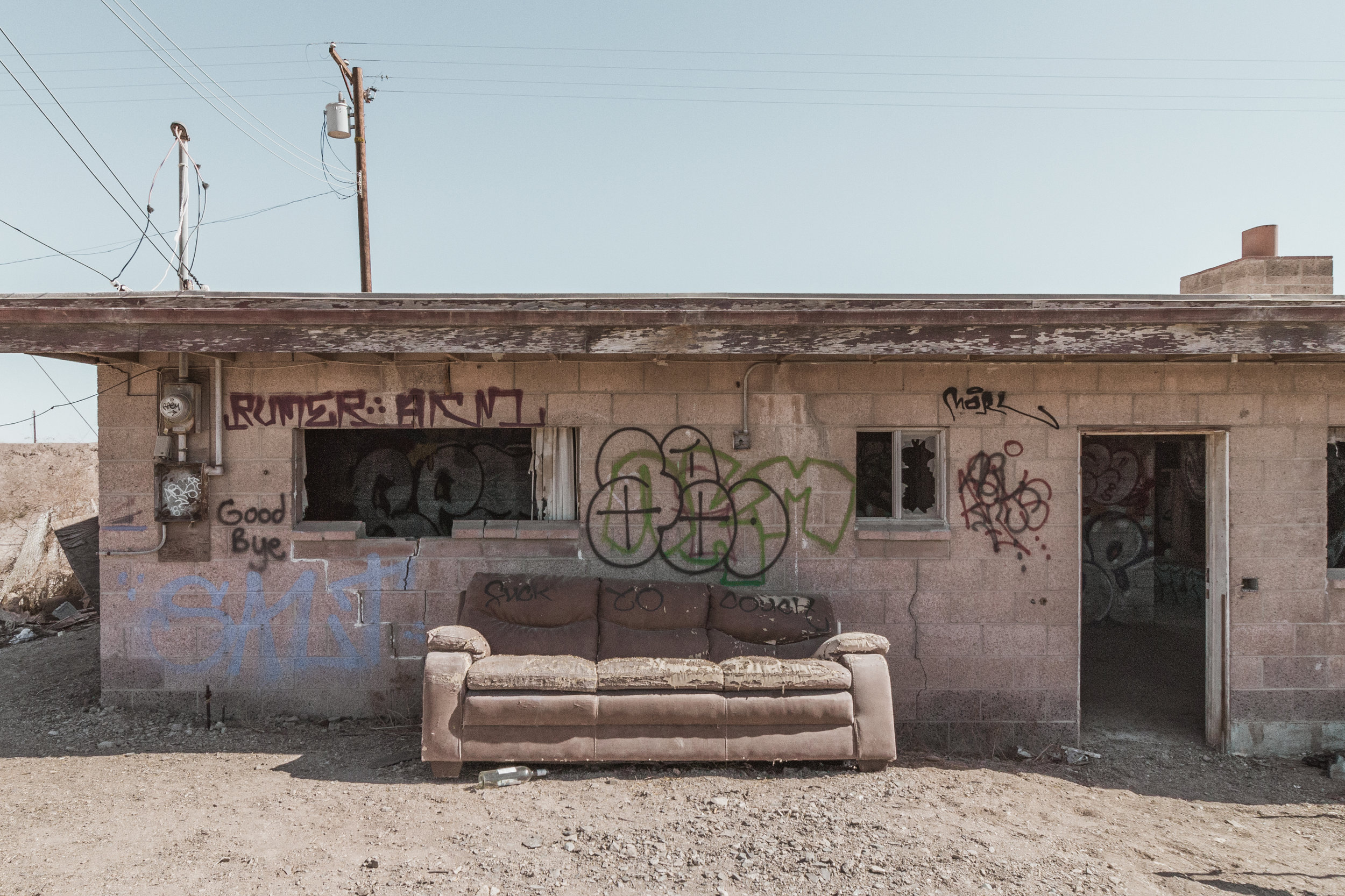
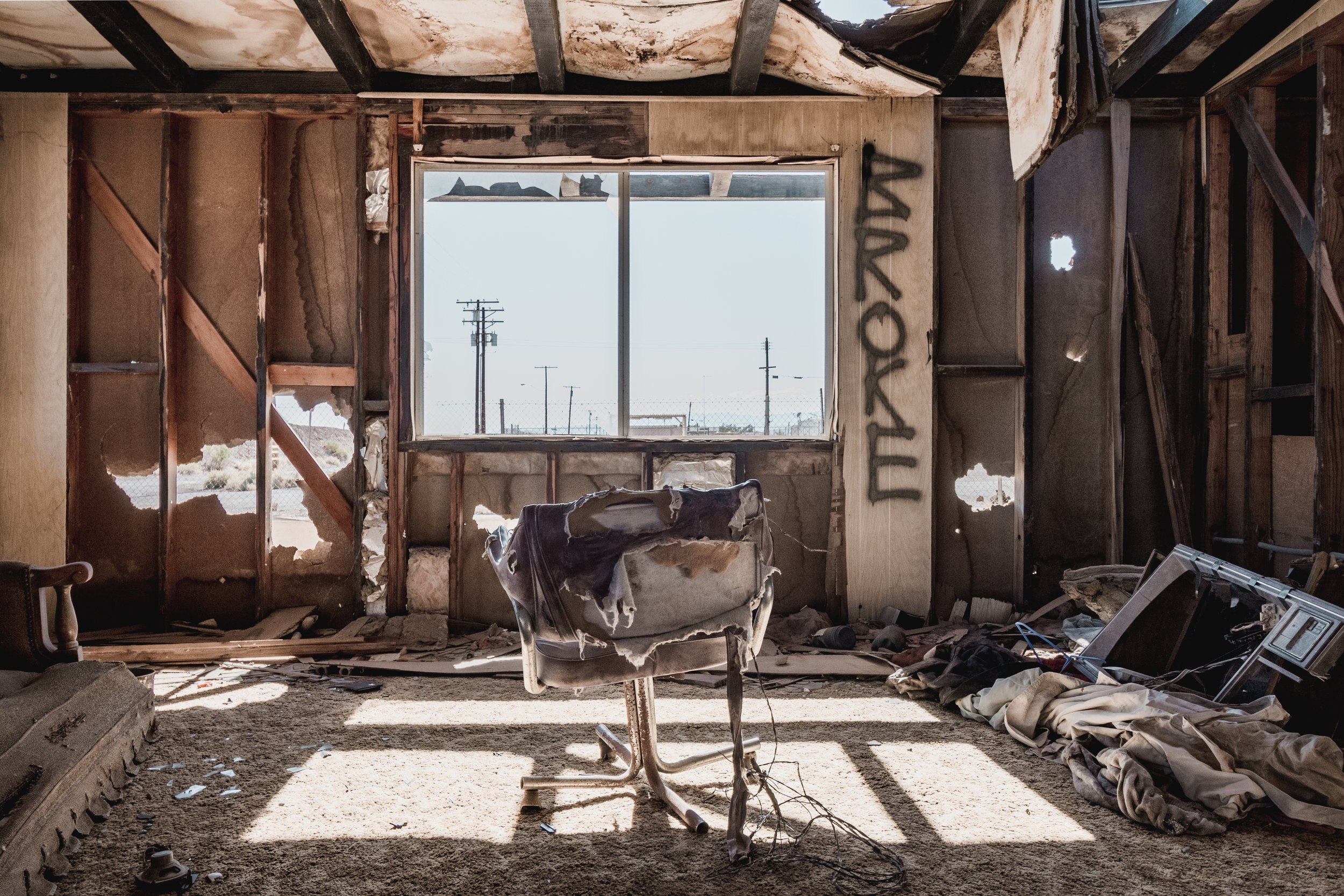


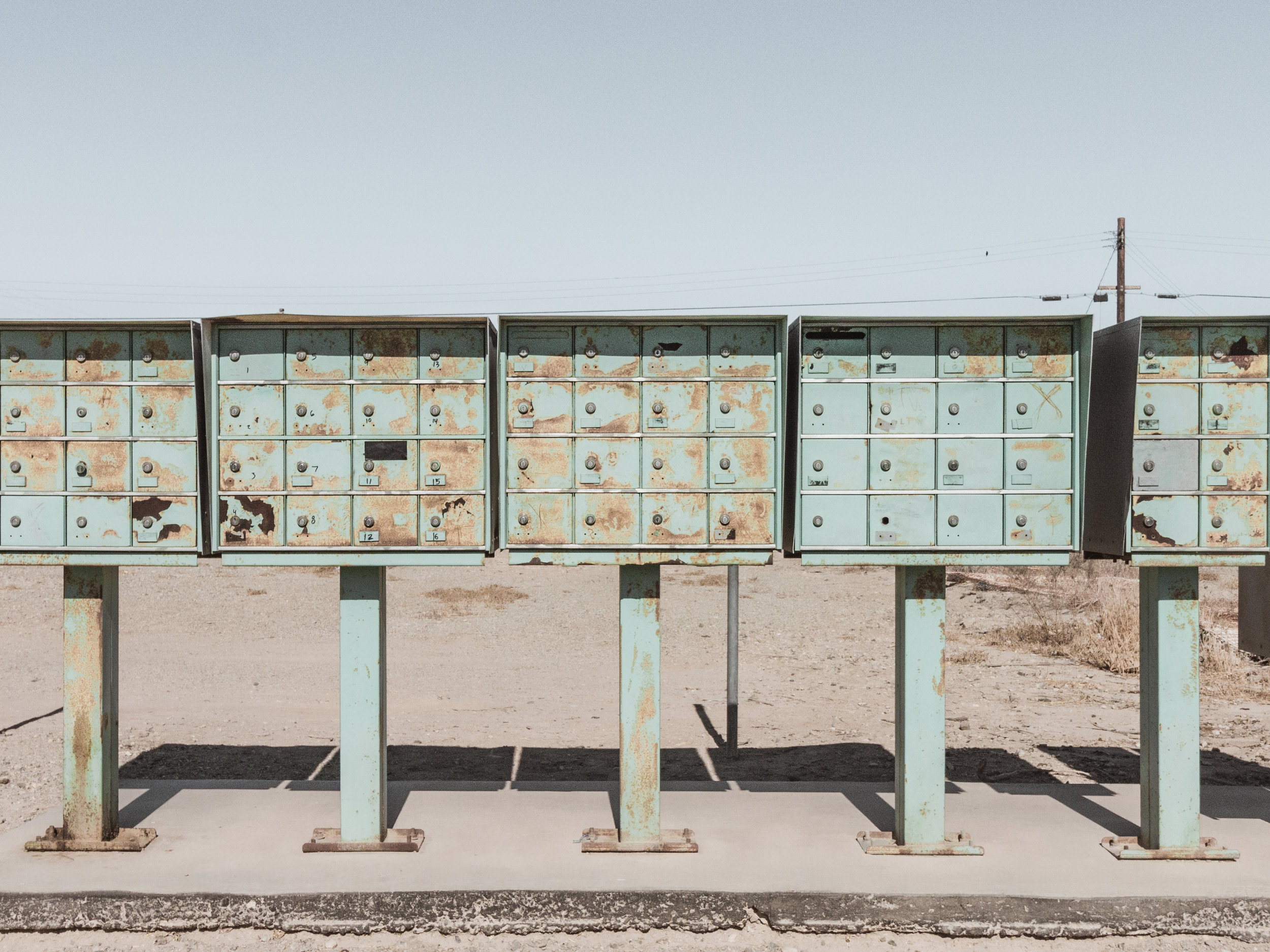
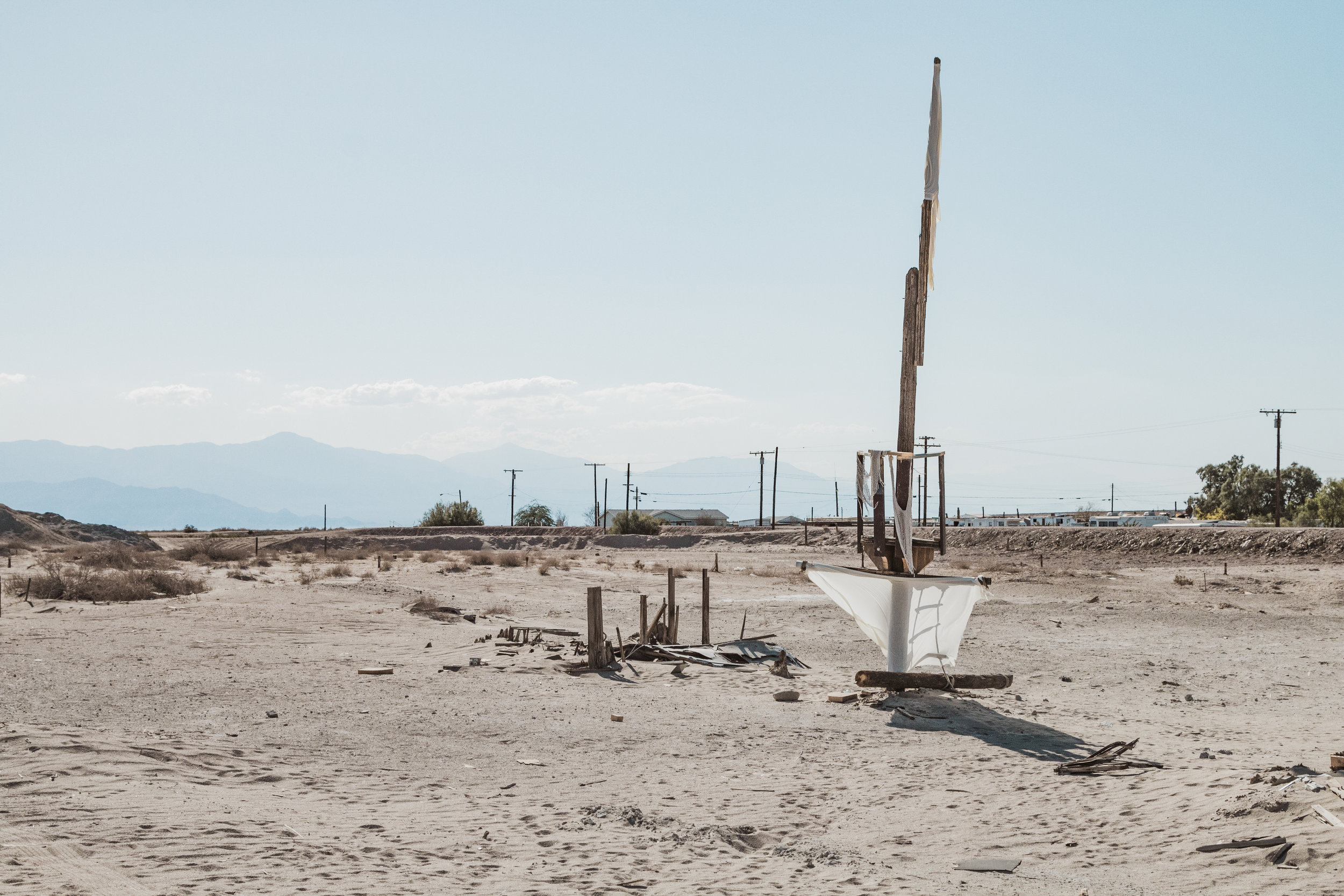



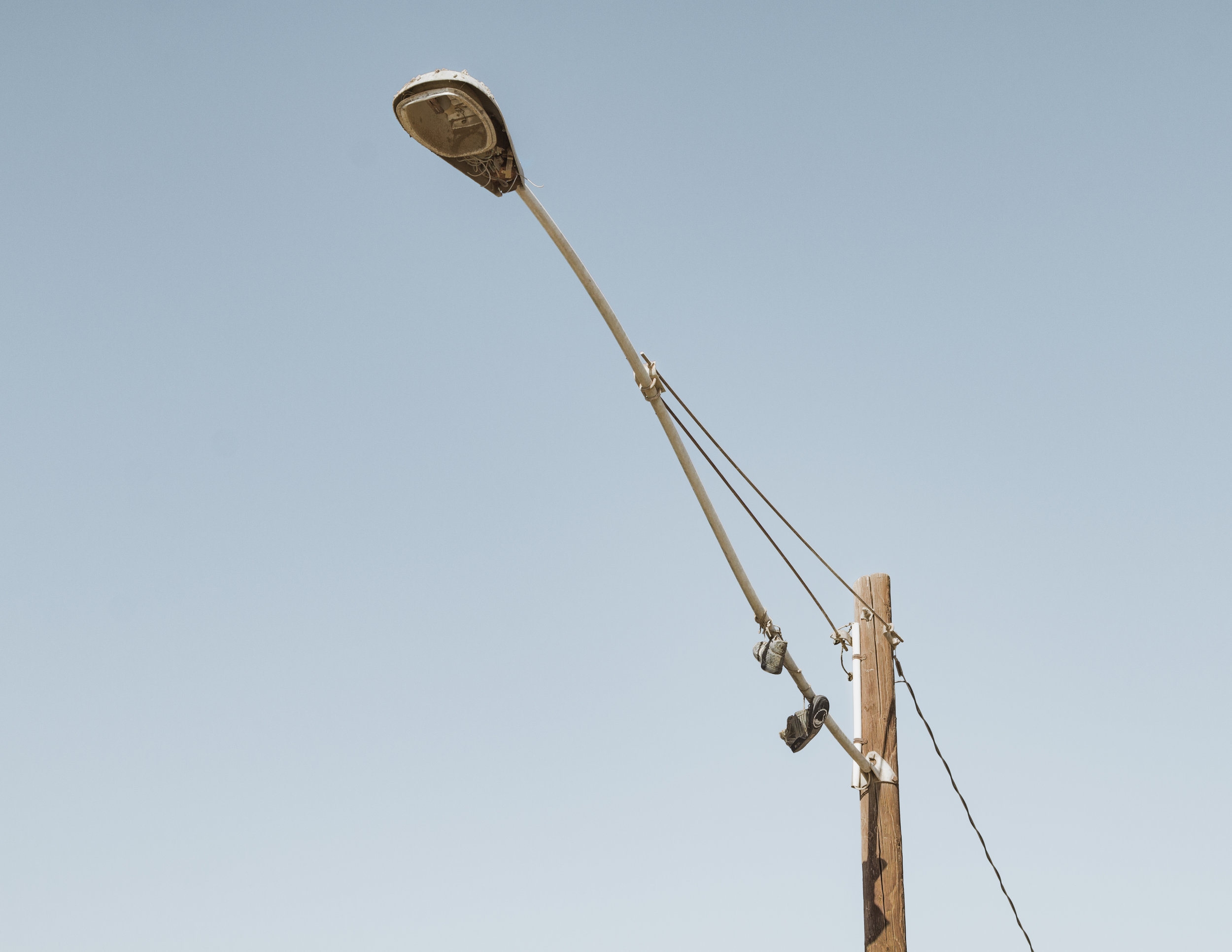



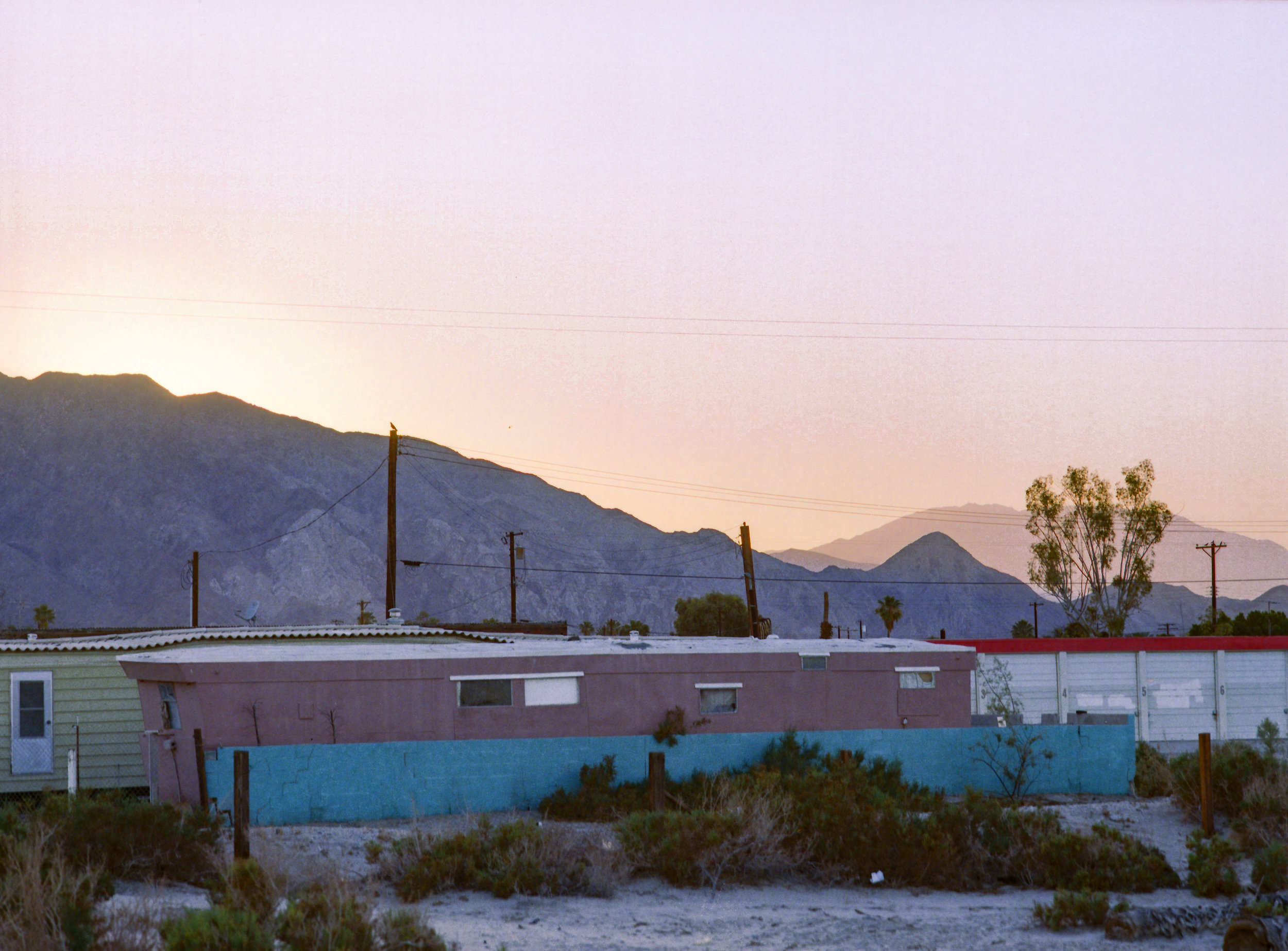
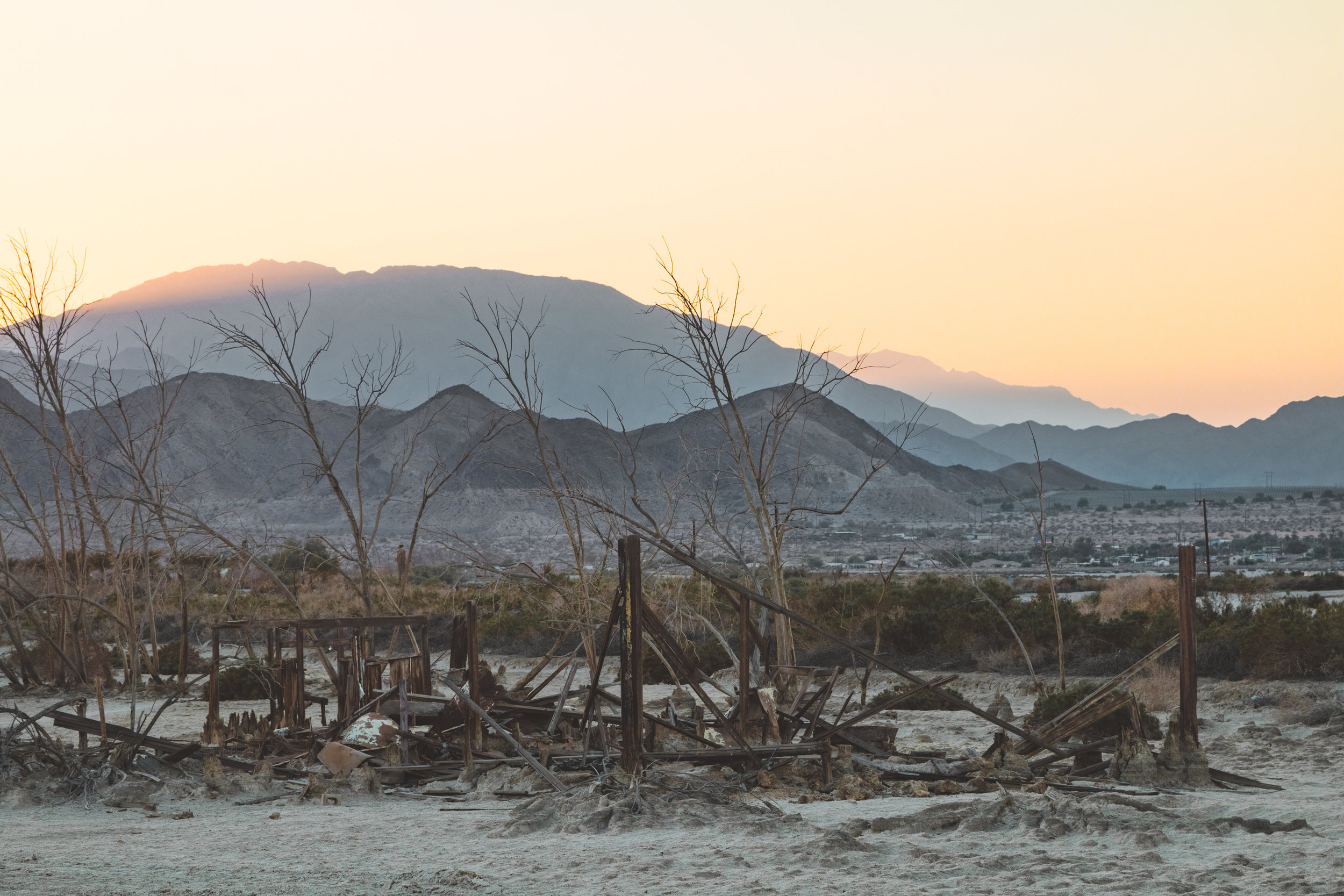
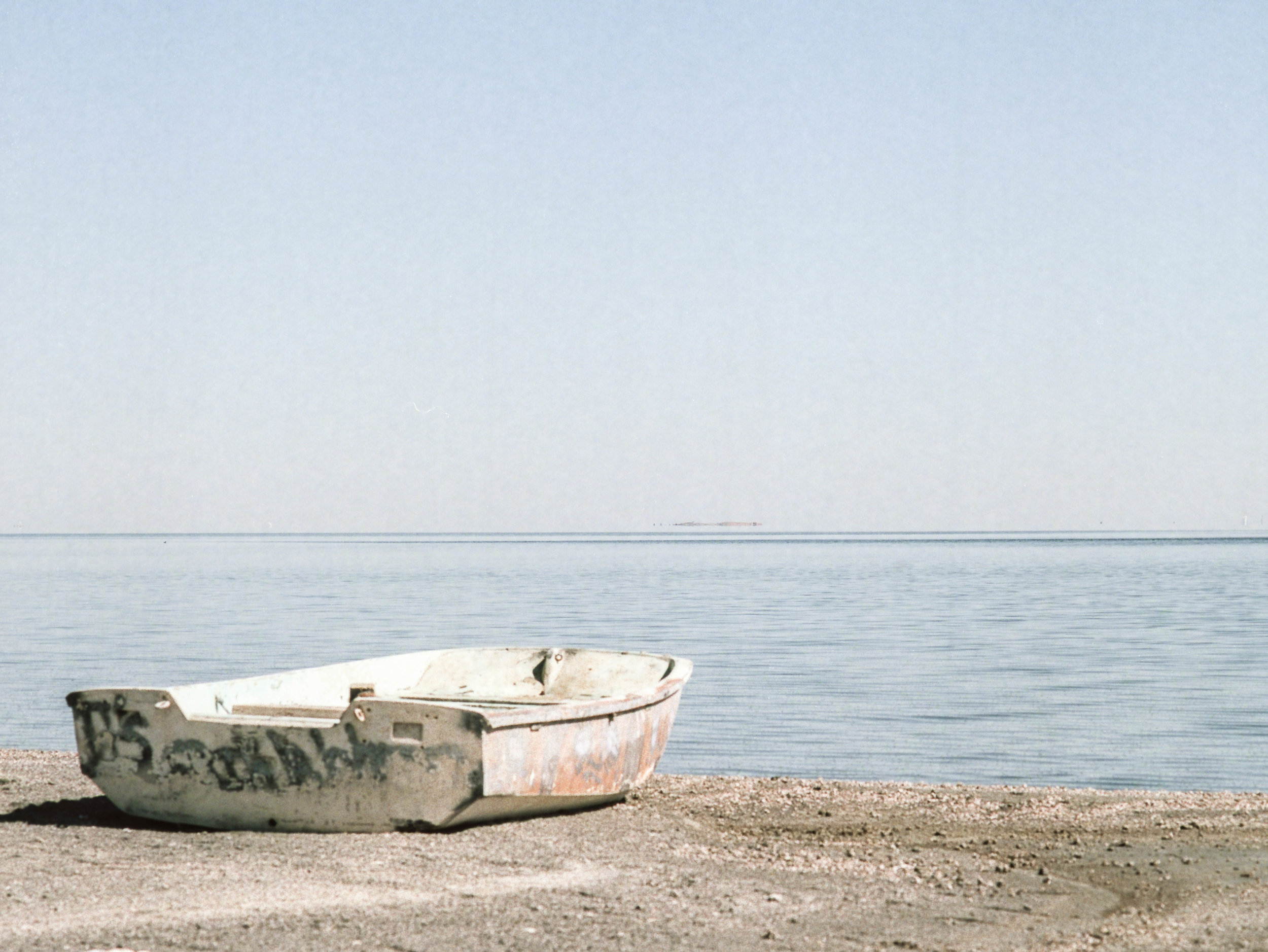

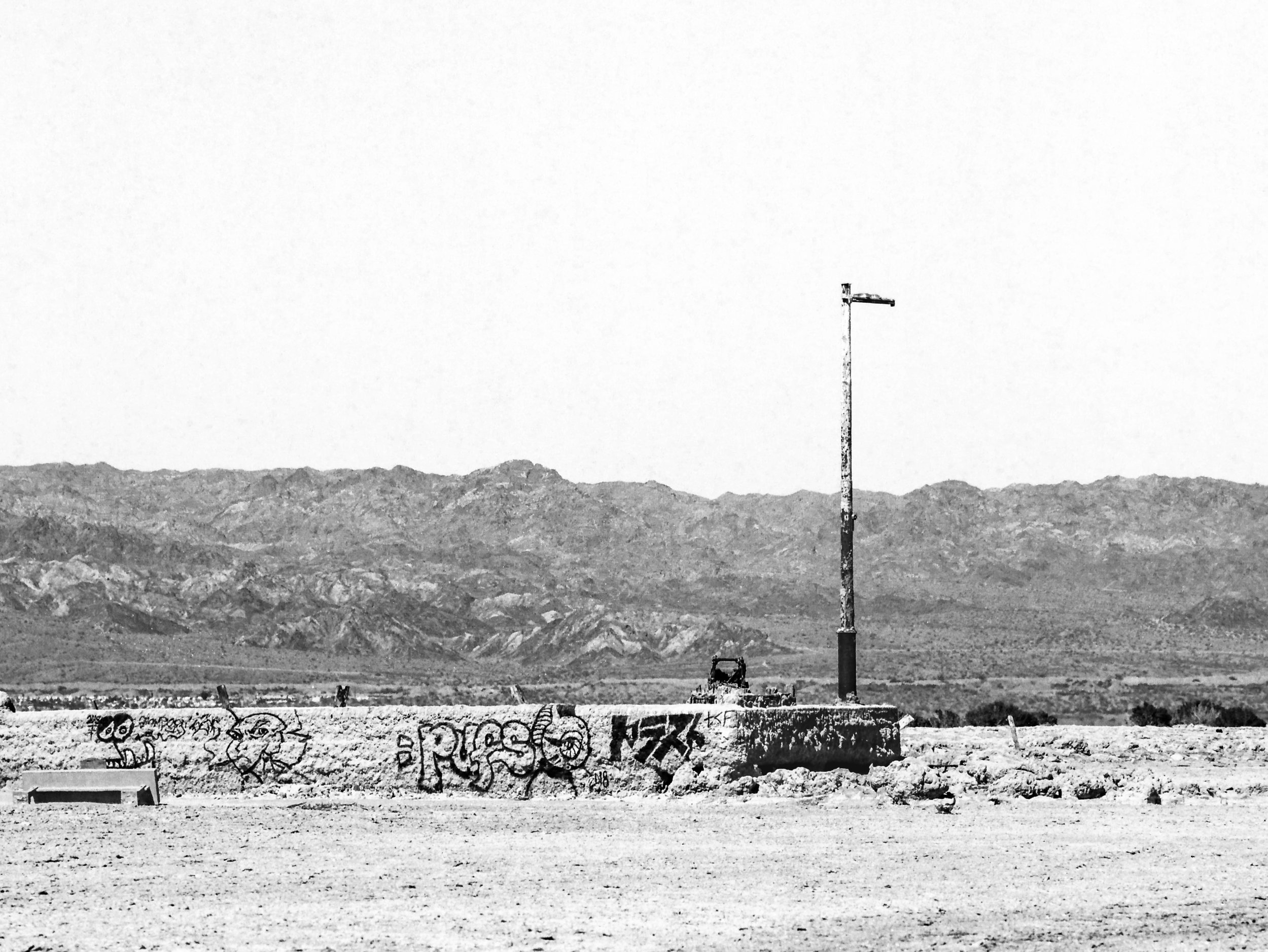
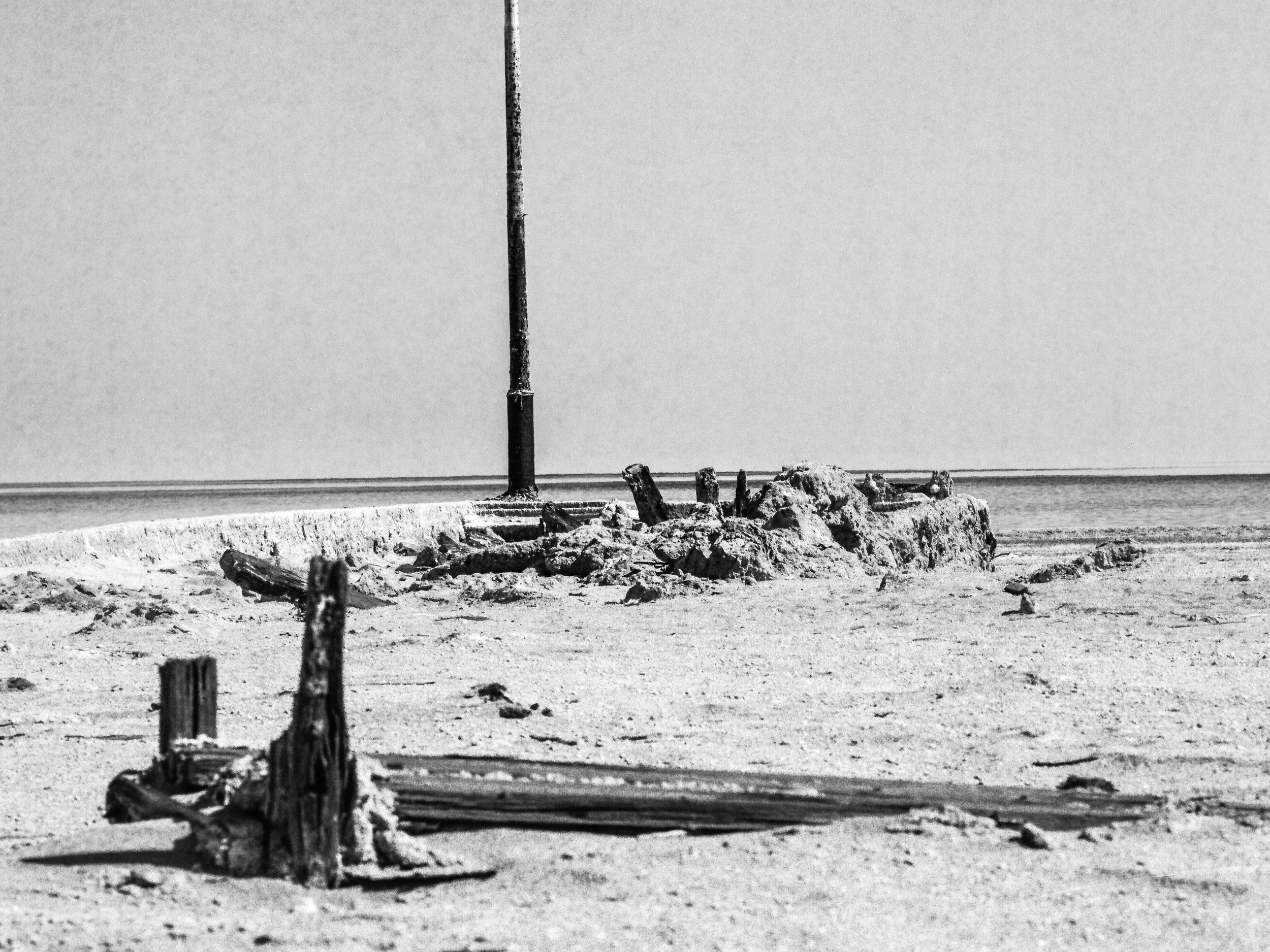
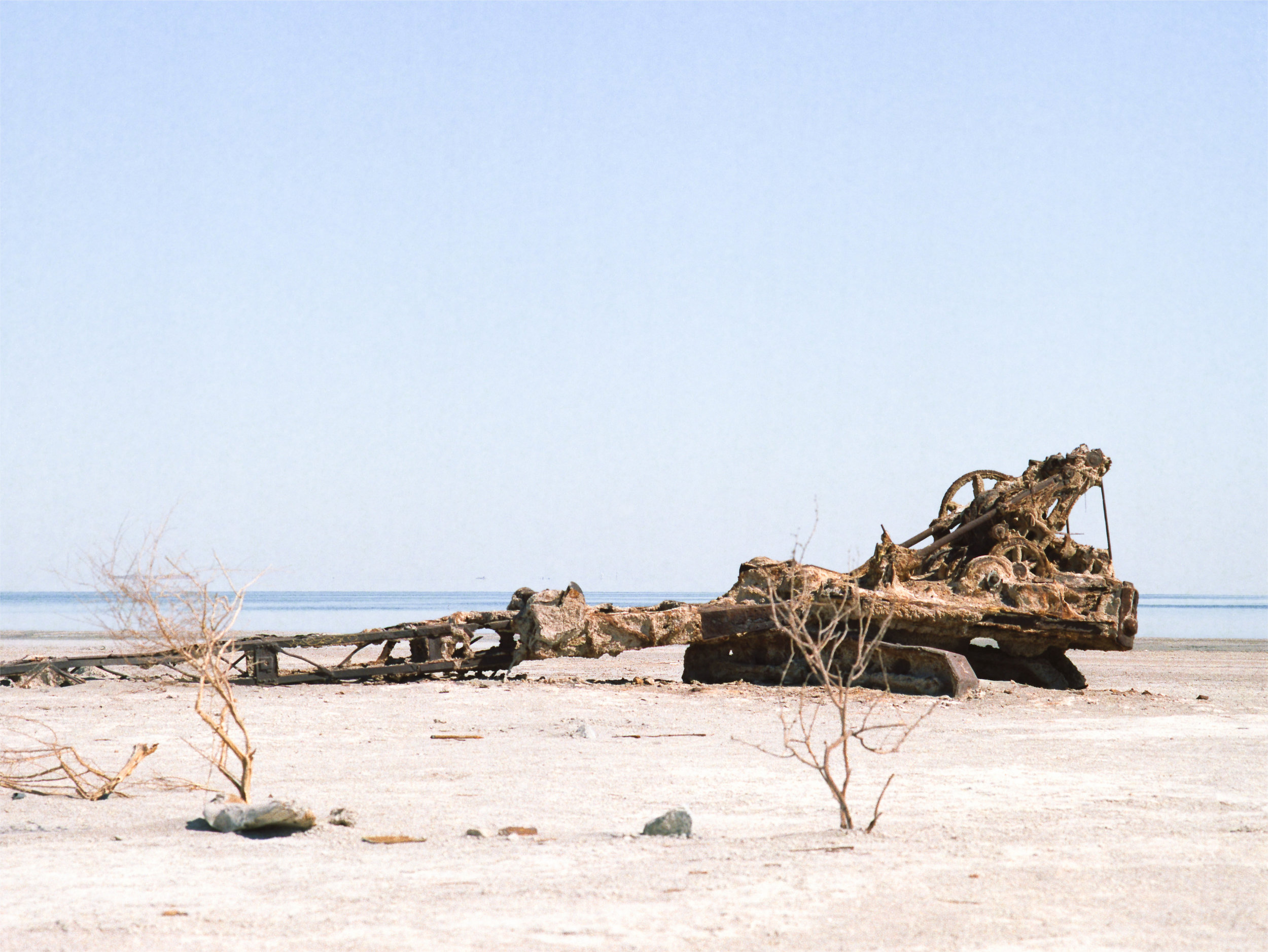
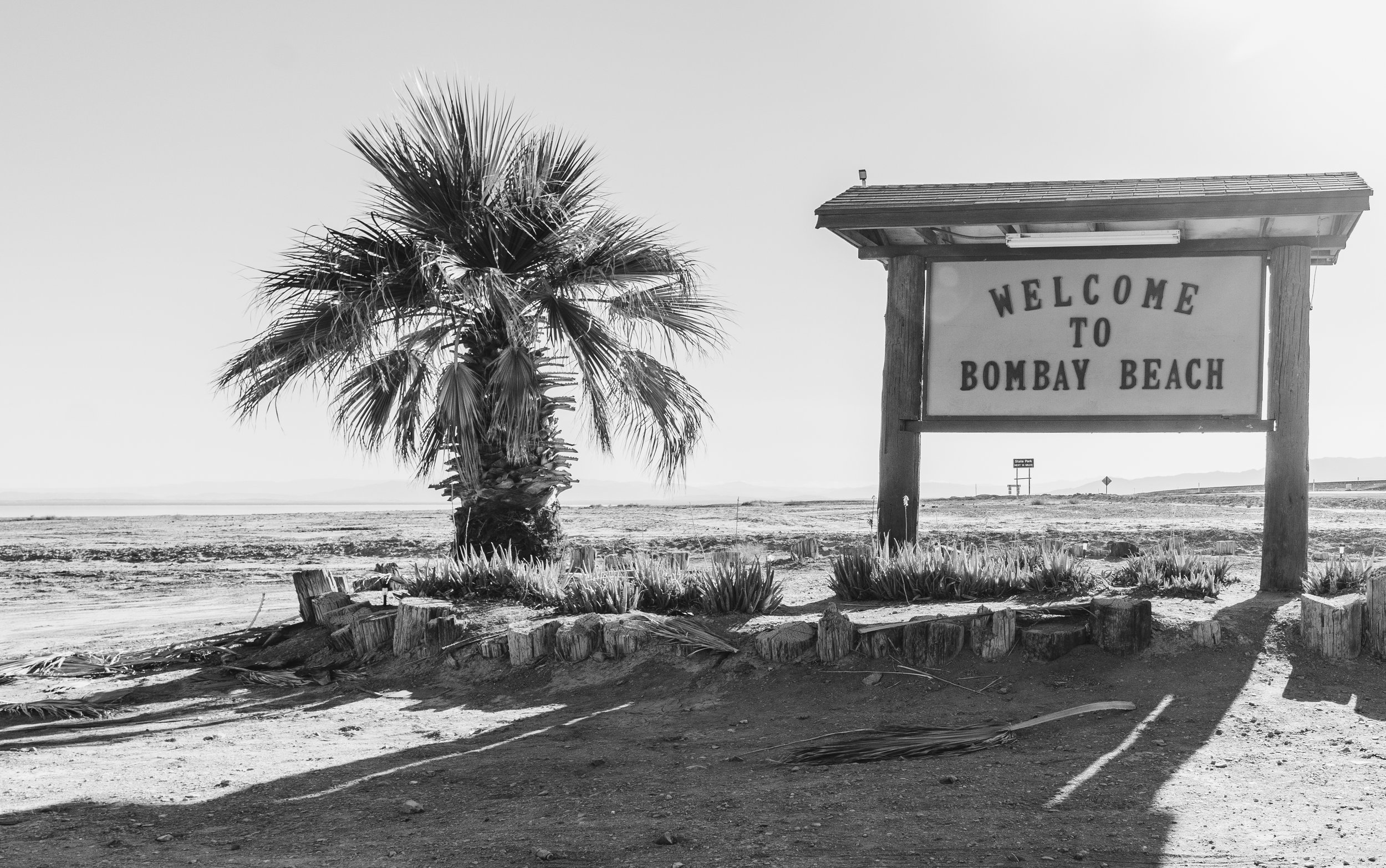
Just an hour south of Joshua Tree National Park and three hours east of Los Angeles sits what is left of Bombay Beach, CA.
It is the last of the Salton Sea resorts that sprung up in the mid 1900s as a result of accidental flooding by the Colorado River. In an attempt to irritate the Imperial Valley, engineers from the California Development Company built slits connecting the Colorado River to the valley in 1905. The slits became overwhelmed and over the course of two years it took to make the necessary repairs, the dry lake bed flooded thus creating the Salton Sea.
In 1942 the U.S Navy commissioned the Salton Sea Naval Auxiliary Station southeast of Salton City. The base was used as a testing grounds for seaplanes as well as experimental testing of solid fuel plane-launched rockets, jet-assist take-off testing, aeroballistic testing of inert atomic weapon test units at land, training bombing at marine targets, testing of the effects of long-term storage on atomic weapons, testing of the Project Mercury space capsule parachute landing systems, parachute training and testing. The base was abandoned in 1978.
Throughout the mid 1900s, the Salton Sea created other resort towns like Bombay Beach; Desert Shores, Salton City, North Shore, and Desert Beach each offering fishing, water skiing, boat tours, camping, and other summer vacation activities.
Over time the salinity levels of the lake reached toxic levels and starting killing fish and wildlife living in the lake. As a result, the tourism and economic growth to Bombay Beach and the resort towns like it began dry up.
What seems like happened over night took several years. Homes, cars, and land were left behind in search of a more prosperous future. Dead fish and the odor that comes with it still blankets the shoreline for miles. Equipment that was used for maintaining the beach as well as piers that used see hundreds of kids each summer jump off of now sits on the crusty white shoreline covered in barnacles. An eerie silence hangs over the town broken only by an occasional bird or semi truck.
There are still residents of Bombay Beach, about 250 of them, and even a small bar called The Inn where is claims to be the lowest elevation bar in the western hemisphere. Artists from around the world have made works with materials found from the surrounding decaying structures. Other art installations like Salvation Mountain (30 minutes northeast of Bombay Beach) have sprung up in the area as a result of the mystery and lore surrounding the decaying Imperial Valley.
There is little hope for the future of the Salton Sea. Efforts to restore the ecosystem and economy have all been rejected due to high cost and/or impracticality. The last attempt as of writing this occurred in 2018 when eleven proposals were sent to the state for review and all of them were rejected (estimates for restoration have been quoted in the hundreds of millions, if not billions of dollars). Small restoration efforts have been made to preserve the history of the Salton Sea, like the restoration of the North Shore Community Center in 2010 as well as clean up efforts in the once popular camping spots. Small references in pop culture have kept the mystery of the Sea alive. A map in Grand Theft Auto V called Alamo Shores was based on the Desert Shores and Bombay Beach; this was met with mixed reviews as residents of the area believed it had a negative portrayal of them and their communities.
Bombay Beach and its unique history of economic boom and bust will live on through the people who visited it long ago, the current residents and by those drawn to the history and lore as to what is left of the once shining, premiere resort town of the Salton Sea.
-
Brady LaVigne














